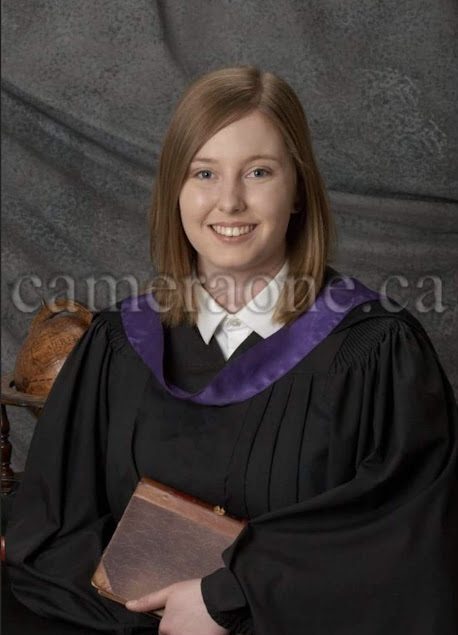Unfortunately, the disinterest in teaching Treaty Education is a real issue in the classroom, resulting in ignorance from students and educators. What I would like to outline first is the importance of Treaty education throughout the country/ province, and not just in areas populated by Indigenous people. The Indian Act and Treaty agreements pushed Indigenous people, particularly Aboriginal peoples onto reserves. The land that we stand upon as Canadian citizens was land where Indigenous people lived and thrived. An example given by Dwayne Donald is that the University of Alberta is built on an area which was traditional Cree territory in pre colonialism times. Speaking for myself, this was not common knowledge until it was brought up in On What Terms Do We Speak. When we acknowledge treaty education in an area that may not be heavily populated with Indigenous students, we acknowledge those who came before us.
Claire Kreuger does an excellent job of speaking to this subject. She acknowledges that underlying racism and colonialism needs to be removed from the curriculum. When we focus on these topics, by isolating Indigenous people we are further teaching ourselves not to listen. As educators, we need to break this cycle of teaching students who matters or whose heritage is most important.
One of the strongest points Dwayne Donald makes is when discussions about Indigenous culture and white settler culture emerge, it can lead to disconnect. It is fine to study culture, but culture often turns to race relations which presents an even greater barrier for interactions. Treaty Education needs to focus on the renewal of the relationship. Indigenous education is meant to teach us about Indigenous culture, but it really is not fulfilling this expectation. “We are all treaty people” is a popular term that is often questioned. In my own life, I had always heard this message, through textbooks or programming, but never fully understood what it meant. Treaties were not simply something that happened in the past, they play a large role in Indigenous and non-indigenous society today.
Cynthia Chambers elaborates on this topic in her piece We are all Treaty people: the contemporary countenance of Canadian curriculum studies. She reminds us that for Indigenous people, the treaties were meant to start a conversation, not pause it. The conversation is tied back to the traditions and stories from Dene and Blackfoot that “human beings are the ‘newcomers’, and the animals are the ‘old timers’ who receive the ‘newcomers’ with compassion” (Chambers, 2012, p.28). White settlers were the newcomers and the Indigenous people the Old timers. Treaties were and are meant to be an invitation to meet again (Chambers, 2012). Kreuger shares that “in treaty we acknowledge ceremonies that make possible our ability to be here and we recognize the possibility of relating to each other in good ways” (Kreuger, 2017). Treaty Education needs to move beyond talking about the past, about colonialism and so forth, and instead focus on our present and how we can improve our lives and relationships as treaty people.
Chambers, C. (2012). We are all Treaty people: the contemporary countenance of Canadian curriculum studies. In Reconsidering Canadian Curriculum Studies.
Donald, D. (2009). On what terms can we speak? [Video file]. Retrieved from https://vimeo.com/15264558
Kreuger, C. (2017, September 6). Introducing treaty education Claire Kreuger . Retrieved from https://www.youtube.com/watch?v=sWY_X-ikmaw&feature=youtu.be

In your blog post, I highly enjoyed that you used the word ‘ignorance’ to describe how both students and educators feel on the subject of treaty education. This is an upsetting, yet true, word to describe how majority feel on teaching treaty education. We must understand that we are part of treaty land, and our history must be told in classrooms to help the next generation move forward being proud to learn and live on treaty lands. “Treaties were meant to start a conversation, not pause it” this is a quote that should be introduced to all educators and help start a positive experience within treaty education.
As soon as I read your first sentence, I immediately thought of myself and how it is in issue for me. Teaching and learning about Indigenous/Treaty culture has become such an annoyance for myself only for the reason being that everyone who has taught me about it is bland, white, and not fit to tell the truth about it all. My thoughts about it have become very negative in a sense that when I have to teach it I will teach it the same way in which I was taught and that is not fair to my students or to the respect Indigenous peoples deserve. I recognize that it was not our faults it all happened, but that we are the generation in which it should be turned around and respected for.